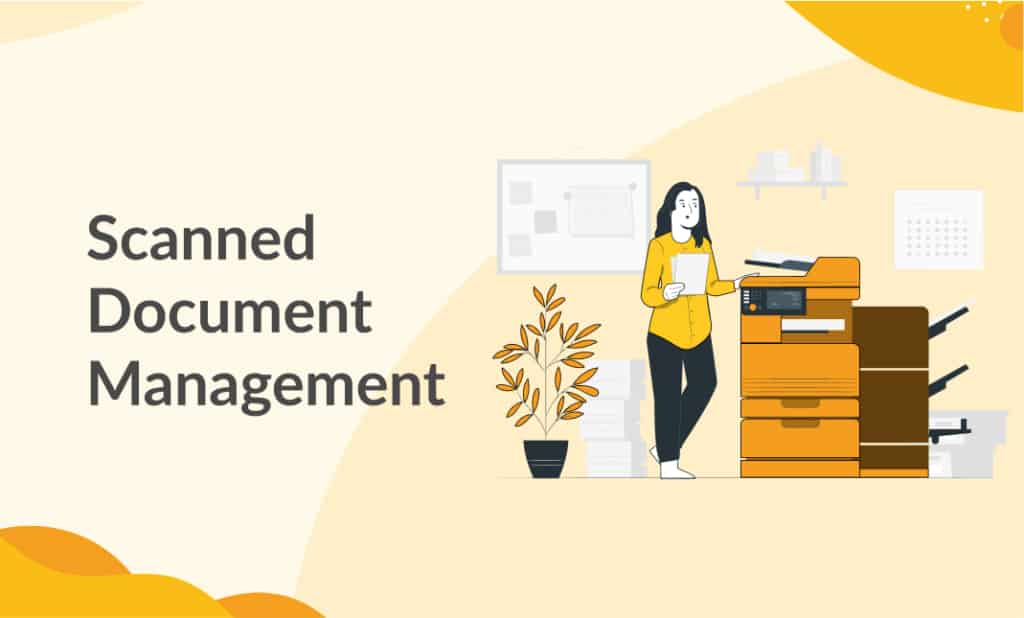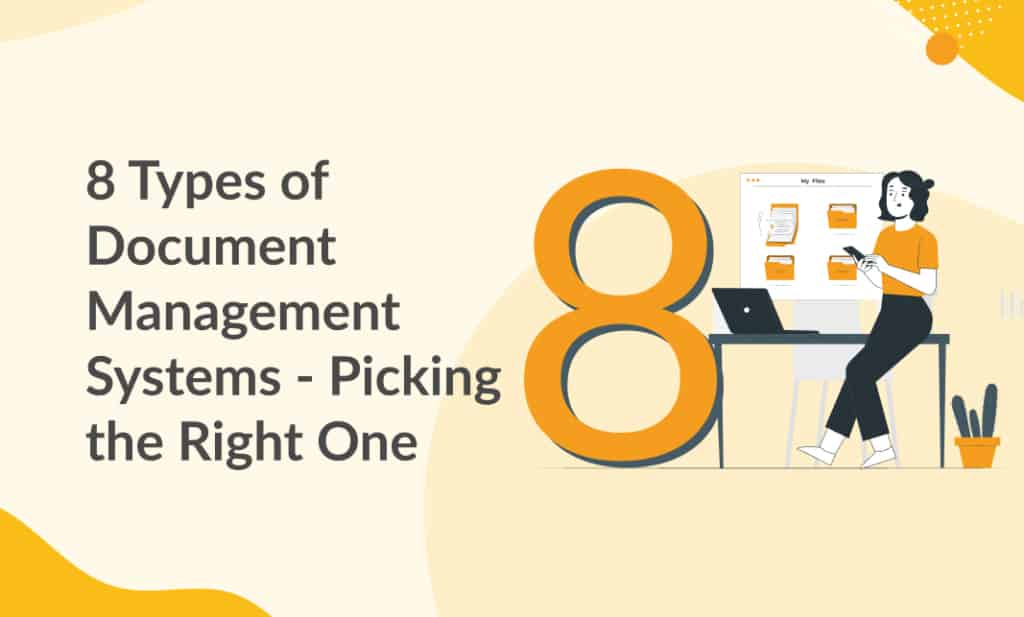
Businesses require a number of resources for them to be successful. One of these resources is information. When they receive it, this data is normally recorded and stored in documents.
Traditionally, corporate culture was content with storing multiple files of documents in the office. However, technology has taken over today and businesses are leaning towards digital files. Traditional paper documents are normally transformed into a digital form through scanning. After that, the the scanned files are managed professionally so that stakeholders can access them on demand. So how to go paperless?
Scanned Document Management
The processes of scanning documents and managing them work together. By maintaining a smooth flow of these processes, a business can achieve high standards of quality delivery, be compliant with the regulations governing critical documents and reduce the cost of physical document storage. In addition to that, scanned document management also gets rid of redundancy and greatly reduces the amount of time that employees spend in searching for and accessing documents. Here is more about scanned document management in detail.
Activities involved in document scanning and its scope
Scanning is a process through which physical documents are transformed into digital ones. It is done using a piece of equipment that is known as a scanner. Scanners come in various sizes. Some of them are large and often located in printing rooms while others are small and can be carried in one’s pocket.
The main objective of turning physical documents into digital ones is to make it easier to store, duplicate, search for and retrieve them. Any document that is critical to business can be scanned and stored in an electronic filing system. This helps to achieve compliance and also helps to control access. Examples of business-critical documents include:
• Letters
• Invoices
• Intellectual property
• Blueprints
• Engineering records
• Purchase orders and other customer-centered documents
• Financial records
• Contracts
The process of scanned document management involves a number of steps. They include:
• Collecting the business-critical documents
• Scanning them into the computer system
• Transforming them into PDFs and other searchable file formats
• Assigning document profiles and tags
• Saving in an electronic document filing system for viewing
This process essentially transforms an office from a paper-centered into a paperless one.
What is a paperless office?
This is an office environment where workplace efficiency is improved by reducing how much the employees rely on paper. It is one where most or all business processes make use of digital documents and not printed ones. The paperless office is also a concept that describes the processes which an office can use to achieve full dependence on digital documents.
The paperless office is normally achieved with the help of Enterprise Content Management (ECM) software. Read on to learn more about this software and its capabilities.
All about Enterprise Content Management (ECM) software
This is software which is designed to handle digital documents for a company or organization. ECM software provides the solutions which are necessary for the scanning, indexing and storage of large numbers of documents. These solutions include splitting, rescanning, dragging and dropping as well as automatic document separation.
This software also has a number of extra characteristics. They include:
• The creation of PDF files that can be searched through and indexed on demand
• Batch scanning
• Scanning directly from physical folders or TWAIN resources
• Automatic naming and filing using values derived from index fields
• Automatic file separation
• The capacity to fully replace a document vault
• The ability to save your time, money and floor space
The documents which you scan using ECM are normally stored in file formats such as PDF and TIFF. Documents depicting images can be stored in JPG, PNG or BMP files. This file formatting makes it possible to perform permanent storage.
Special features of ECM software
Compatibility with Optical Character Reader (OCR) technology
One of the special features of this software is a search interface featuring an OCR add-on. This feature makes it possible for you to search for specific words or phrases in scanned documents. In addition to that, a rubber-band tool helps to enter values in the index fields which are utilized in the indexing phase.
Barcode reader module
Another special feature of Enterprise Content Management (ECM) software is that it has a barcode reader module. This feature is capable of reading barcodes on the documents which you scan hence making indexing easier. By using a delimiter, the barcode module in the software can even read multiple values from one barcode for example the SSN-Name-DOB of an individual. In doing so, it increases the efficiency of scanned document management.
Extensive file manipulation
By using this software, you can manipulate document files as extensively as you need to. Firstly, you can preview files without having to open them. This is similar to the activity of thumbing through physical documents.
Deep searching
Deep searching can be performed using scanned document management software. You can search for notes, or keywords in the documents which you scan. Moreover, you can perform deep searches for specific details in a pool of thousands of documents.
Sharing documents
We live in an interconnected world where the relationships between businesses and their customers are managed and maintained over the Internet. As such, ECM software has features which make it possible for you to share documents across the company Intranet and beyond. By facilitating this service through a dedicated client portal, all correspondence is secure.
Cloud compatibility
ECM software is also compatible with Cloud platforms. Examples of these platforms are Folderit, Microsoft OneDrive, Dropbox and Google Drive. As such, you can scan documents straight into your Cloud platform account with one command. And cloud services, of course, save you a lot of money.
Conclusion
The main objective of scanned document management software is to make it possible and easy for you to scan printed documents into digital versions as quickly as possible in a hassle-free way. After that, the software makes it possible for you to perform file management and organization in an efficient manner. This is all in an effort to create a truly paperless office environment.
The main effect of utilizing this software is a reduction in the cost of document management at a company or organization. Another effect is better information sharing within the organization and beyond. Last but not least, scanned document management using Enterprise Content Management (ECM) software helps to improve the efficiency of business processes by availing the required documents whenever they are needed as quickly as possible.



